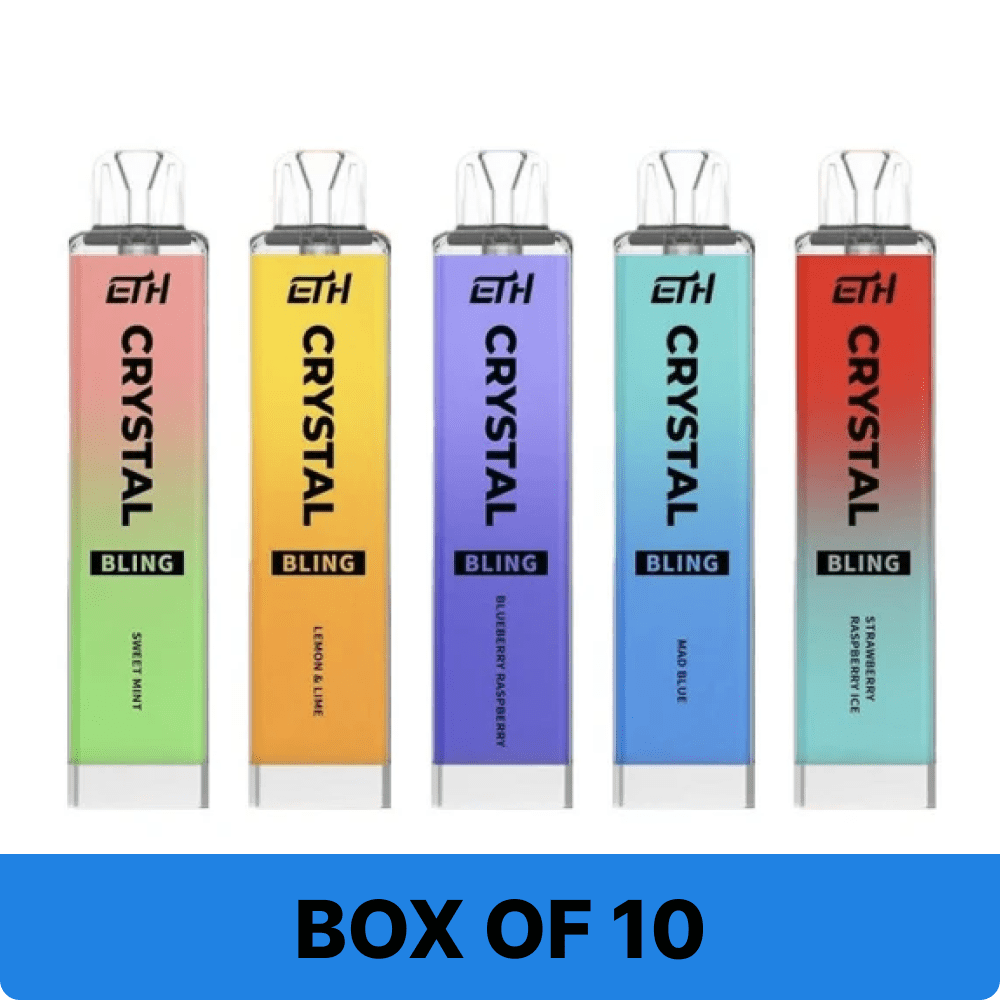Vaping laws are changing quickly all over the world. Governments and health experts are still trying to figure out the long-term effects of e-cigarettes and other vaping products.
With concerns about health and more people using vapes, there’s a need for clear rules. Here’s a look at the latest updates on vaping laws in different countries, especially in the UK and beyond.

UK Vaping Regulations: A Focus on Safety
In the UK, vaping rules are mainly set by the Tobacco and Related Products Regulations 2016 (TRPR), which controls how e-cigarettes are sold and advertised. Even though the UK has left the EU, these rules still follow many EU guidelines to keep products safe for customers.
Recently, the UK government has introduced some very strict regulations regarding the sale of e-cigarettes, especially over the internet. They include:
- Age Checks: Retailers must check the age of the customer at which they sell such products. Online retailers are also under strict checks, and in case of a breach, punishment ensues.
- Nicotine Limits: The TRPR says e-liquids should not have more than 20mg/ml of nicotine, but there is talk of lowering this limit.
- Advertising Rules: There are tighter rules on how e-cigarettes can be advertised, especially to stop younger people from being attracted to them. Some even suggest banning all ads aimed at young people.
Despite these changes, the UK is still one of the most forward-thinking countries when it comes to promoting vaping as a safer alternative for smokers.
EU Vaping Regulation Updates
The European Union (EU) has regulations covering vaping products as well, from the initiation point of the Tobacco Products Directive (TPD). Revisions have come in the recent past to further make the products safer and also regulate how they are marketed.
- Flavour Restrictions: The EU will discuss a flavour ban on all e-liquids similar to candy or fruit flavours, which are considered attractive to youth.
- Packaging and Labels: The European Union requires vape products to be clearly labeled: with the amount of nicotine in it, as well as health warnings. In some European countries, health warnings on the packaging of vape products are even as massive as those placed on cigarette packets.
The EU is also doing research into the long-term effects, which will likely influence future laws, including possible bans on some types of vapes.
U.S. Vaping Regulations: Rules Vary by State
Vaping laws in the United States vary from one state to another. Though it is regulated at the federal level by the Food and Drug Administration or the FDA, there are other major disparities in the state's rules. Here's an update:
- Flavour Bans: Some states like New York and Michigan have banned flavoured e-cigarettes to stop people. The FDA is thinking about making this a national rule.
- Taxes: States like California and Washington have added taxes on e-cigarettes, just like they do with tobacco, to try to stop young people and raise money for public health projects.
- Public Health Campaigns: The US government also operates campaigns that issue caution to teens regarding vaping through, "The Real Cost".
Further, the Biden administration is contemplating stricter rules over vaping products, including some products that were never FDA-approved.
Australia’s Strict Vaping Laws
Australia has some of the strictest rules when it comes to vaping. Nicotine e-liquids are considered prescription-only medicines, so:
- Prescription Rule: Australians need a doctor’s prescription to buy nicotine e-cigarettes or liquids. Non-nicotine vapes are still allowed, but there are strict rules for who can sell them.
- Import Ban: You can’t bring nicotine vapes into the country without a prescription, and there are serious fines if you break this rule.
- Advertising Rules: Like many countries, Australia has strict rules on how vape products can be advertised, especially to stop them from being marketed to young people.
Even though Australia is cautious about using vapes to help people quit smoking, there is growing evidence that vaping could reduce smoking-related harm, which may change the laws in the future.
Global Trends in Vaping Laws
All over the world, countries are trying to figure out how to regulate vaping. They want to balance public health concerns with the possible benefits of using e-cigarettes to help people quit smoking. Here are some global trends:
- International Rules: The World Health Organization (WHO) wants countries to ban e-cigarettes, mainly because of concerns about how they affect young people. However, countries like the UK think these products can help smokers quit.
- Focus on Safety: Many countries are focusing on making sure products are safe. This includes rules about the materials used in devices to prevent accidents like explosions.
- Restricting Youth Access: There has been a confrontation in most countries to keep away youths from the usage of the devices by elevating the age restriction for one to purchase the gadgets and more strict identification verification processes.
Looking for a reliable vaping device? The R and M Tornado 7000 offers significant features and is a popular choice among vapers. It combines convenience and quality, making it a top pick for those seeking a satisfying vaping experience.
Conclusion: Navigating Changing Laws
As these products continue to grow in popularity, laws will only change. Some will be tighter on age checks in the UK, bans on flavours within the EU, or even anti-smoking campaigns in the U.S.
There seems to be an effort for governments to find a way to ensure the protection of public health while allowing adults to have a safer alternative instead of smoking.
If you’re a vaper or a seller of vaping products, it’s important to stay updated with the latest laws in your country. Make sure you’re following the rules to promote a safe and responsible vaping culture.
As laws evolve, countries may introduce new rules, such as bans on certain flavours or stronger safety standards, all aimed at reducing harm while offering smokers a safer choice.



















































